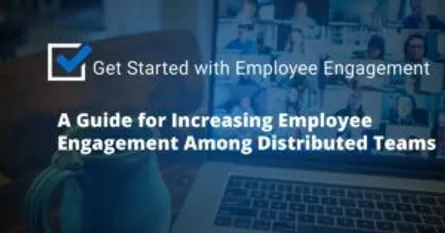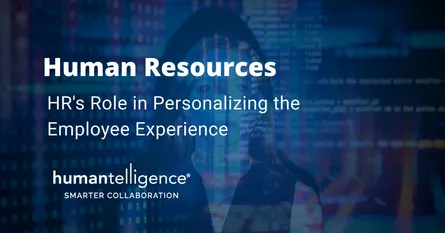
How to Use Employee Listening to Guide Your Return To Office Strategy
- Admin
- Collaboration , Data
- 13 Mar, 2024
When the COVID-19 pandemic forced a mass adoption of remote work, little attention was paid to the long-term implications of a new model for work, and what a return to office strategy might look like.
Many celebrated the rise in remote work for the increased flexibility it promised. Increased remote work offered a bigger talent pool, more work-life balance — particularly for caregivers — and the end of onerous commutes. And early numbers showed that remote work increased productivity.
As the immediate threat of COVID-19 recedes, will more companies start to question the wisdom of long-term remote work and institute return to office?
Making the case for return-to-office
Power Home Remodeling, No. 13 on the 2023 Fortune 100 Best Companies to Work For® List, is currently on a hybrid work schedule with a majority of its corporate employees in the office three days a week. The company, headquartered in Chester, Pennsylvania, has been slowly adding days of in-person work to its schedule, one day at a time, ever since the immediate risks of COVID-19 subsided — a transition that has been necessary for their employees’ well-being. Power Home Remodeling hopes to one day make the transition back to full-time in office when the time is right for their people.
“I think that people are happier and healthier and thrive when they are in-person and when they are sharing the same space with one another,” says Asher Raphael, co-CEO of the full-service exterior home remodeler.
A big part of the philosophy for Power Home Remodeling is in response to the impact of remote work on younger employees.
Researchers told The New York Times that remote work enhanced productivity for senior employees, but reduced feedback and oversight for more junior employees.
Young employees are not getting the mentorship and training in remote roles that can be found from in-person work. When asking its 3,700 employees to return to the office, Raphael focuses on the responsibilities that co-workers have for one another.
“We spoke to employees about what their role in our community is, and that what the data clearly showed from virtual work: people that were the most hurt were newer people,” Raphael says.
“For those people, their overall happiness wasn’t as high … their retention wasn’t as good, and it’s because they weren’t receiving the type of mentorship, they weren’t creating the types of relationships, they weren’t being led the same way.”
Power Home Remodeling has strong values around service and working for something that is bigger than oneself, which the company has invoked when asking employees to return to the office. Even if it was more convenient to work remotely, employees were open to a message about the importance of coming into the office to support their colleagues.
“The overwhelming majority of people felt either an initial want to come back, or they felt a level of responsibility for the other people around them,” Raphael says.
Listening and responding
Even though the company is adamant about its desire to bring employees back to the office, leaders are making a concerted effort to listen to employees.
Raphael boils it down to one essential question: “What were the things that employees didn’t enjoy about being in-person every single day that are in our control and are not mission-critical?”
Power took time to investigate company norms that no longer served its needs, even down to the dress code.
“Our dress code was corporate attire — I wore a suit and a tie to work literally every single day for 18 years,” Raphael says. “That was something that people really didn’t want to go back to, and that’s an example of something that you can change to make people more comfortable.”
Power also saw an opportunity to support working parents by helping to subsidize $416 a month of childcare costs.
“It doesn’t go far enough,” Raphael says, “but it was a really big help in supporting people that had no childcare costs while working remotely … so that they don’t feel like they’re having to make a decision between putting their kid in daycare or making a living.”
Letting the lease expire
Creative Alignments, a small recruiting firm based in Boulder, Colorado, was no stranger to remote work before the pandemic. A portion of the company’s total headcount had already been remote prior to the pandemic, and flexible schedules were the norm, said Shenna Fitzgerald, marketing director for Creative Alignments.
“During the pandemic, obviously we pivoted to working remotely and staying safe,” she said. “And we really found that it worked well, and there were a lot of benefits to it as well.”
Work-life balance is one of the strongest reasons for the change, Fitzgerald continued, with an all-remote setup enabling employees to better manage their schedules, focus on work and take care of their personal lives without needing to commute. “I think people really do cherish that flexibility,” she said.
The company also has benefited from a recruitment standpoint, as remote work has allowed it to expand its reach beyond the Boulder area. That, in turn, has allowed Creative Alignments to attract a more diverse talent pool, Fitzgerald said. She noted that, given the company’s experience with recruiting candidates for other firms, its staff were aware of the importance that candidates place on flexibility in the current market.
For the duration of 2020, the company kept its office space open to those who wished to attend while instructing employees to communicate with each other so as to ensure sufficient space for social distancing. Few took advantage of the opportunity.
“Our lease was up in January and we decided not to renew,” Fitzgerald said, “because remote work was working well, and that’s what people wanted.”
But Creative Alignments still recognizes that in-person gatherings have a place; the company meets every other week at a local club for an all-hands meeting, followed by lunch and additional team meetings. And in the future, Fitzgerald said the company has not entirely ruled out opening a physical space that employees can use if they so choose but there are no plan for a return to office policy.
Going slow for return-to-office
The most important thing when deciding on your workforce arrangement is going slow. Leaders should continue to listen and work with employees as companies attempt to add more in-person workdays to the weekly schedule, or decide if a full return to office is what employees want.
As a workforce, we had to upend people’s routines when we were forced to go remote. We now have the freedom to not do that and give people time to build up a new routine and to embrace change, however that looks for them. Whether you end up introducing hybrid or permanently remote work environments, be sure the technology and resources you provide employees is designed to foster human connection, effective communication, productive collaboration, and meeting effectiveness — that could spell the difference between a satisfied and engaged team or one heading for the door.
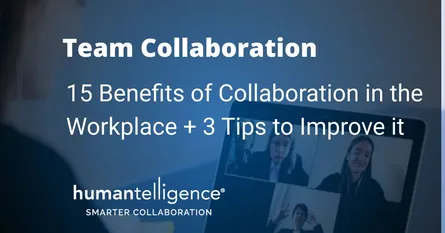
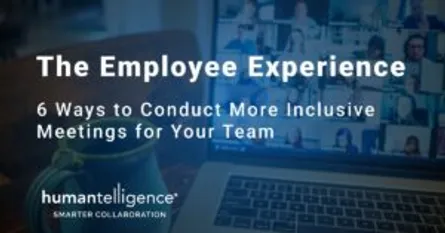
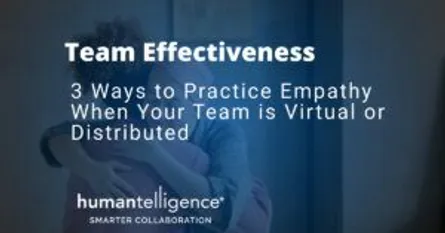
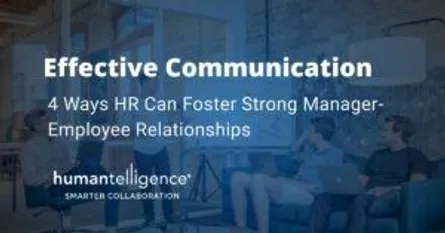


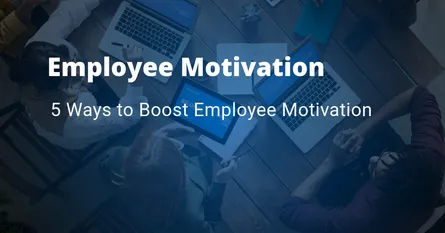



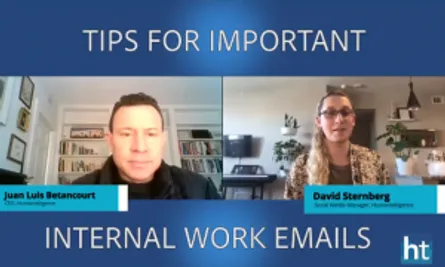

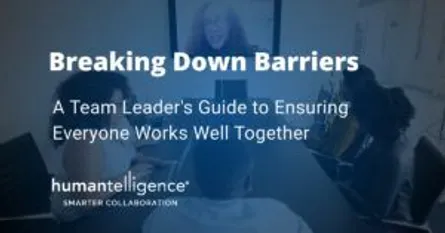
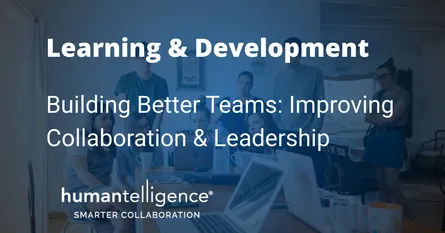

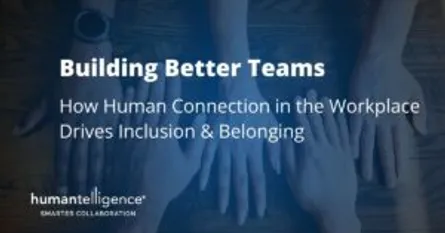




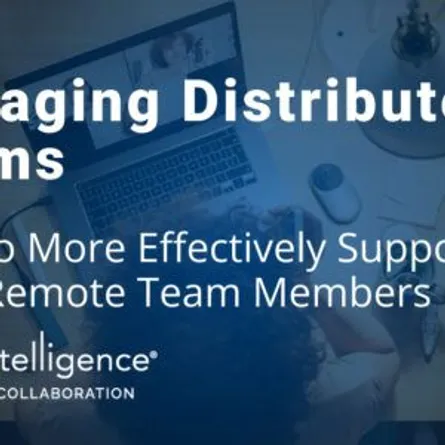

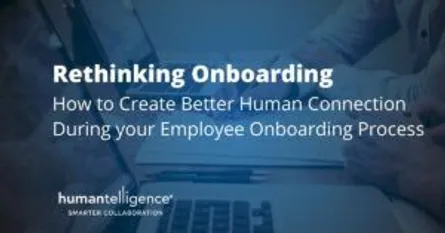


-Low-Quality.DNBpXyLx_1VXSiM.webp)
.CiqwvMOO_A63sY.webp)
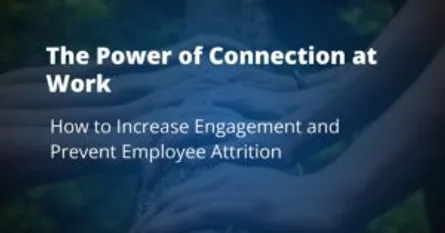
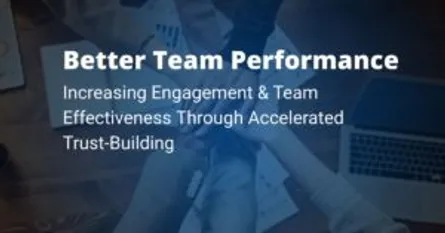

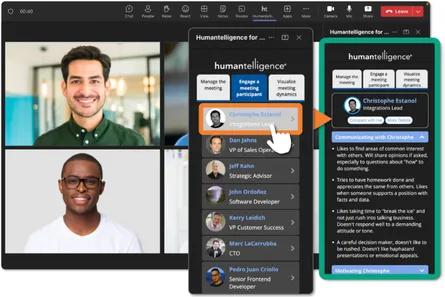

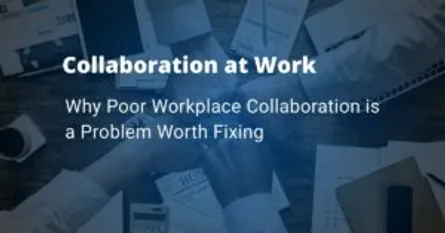
-Medium-Quality.ZFp5mEuF_Z13ebXJ.webp)

